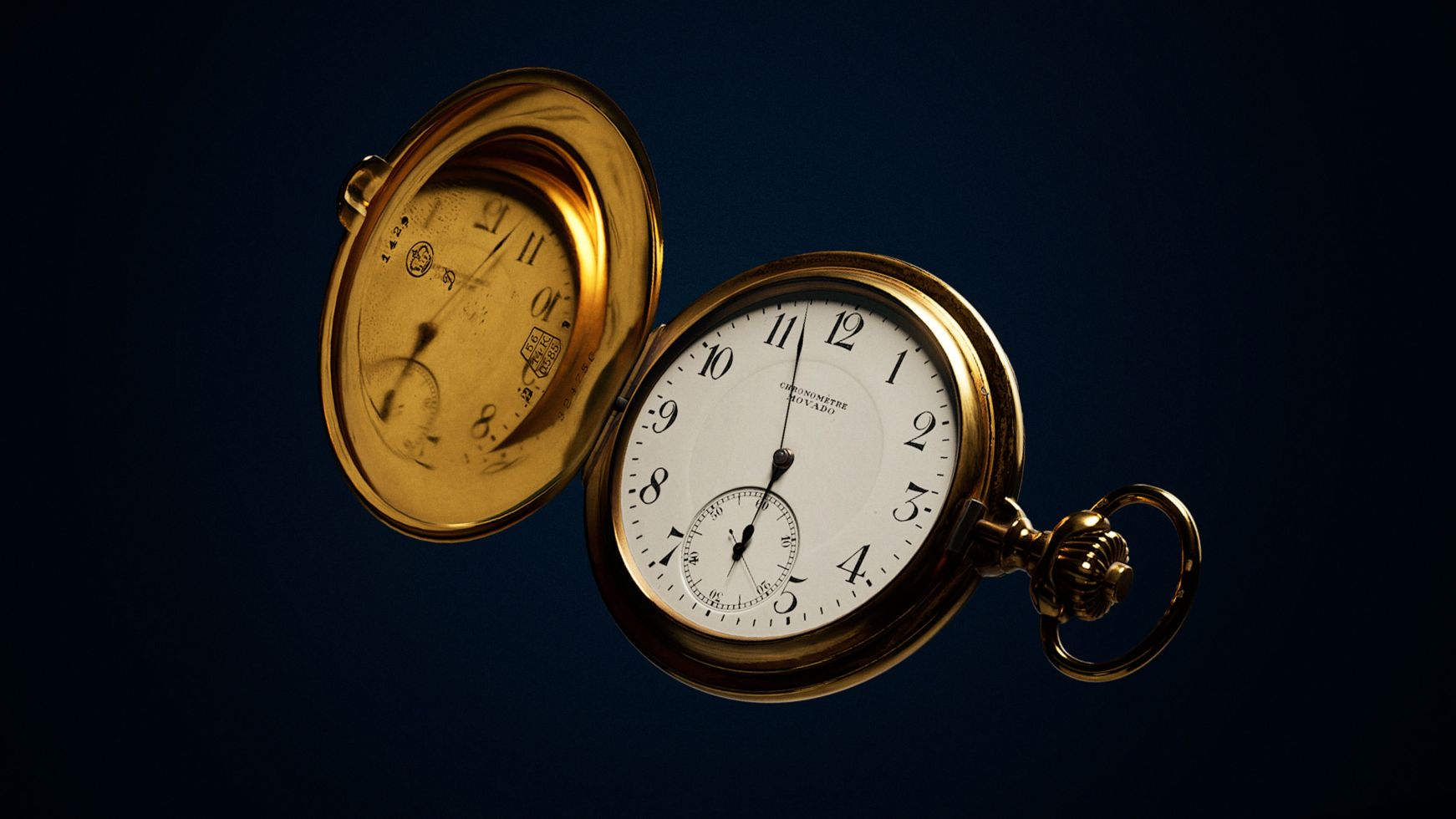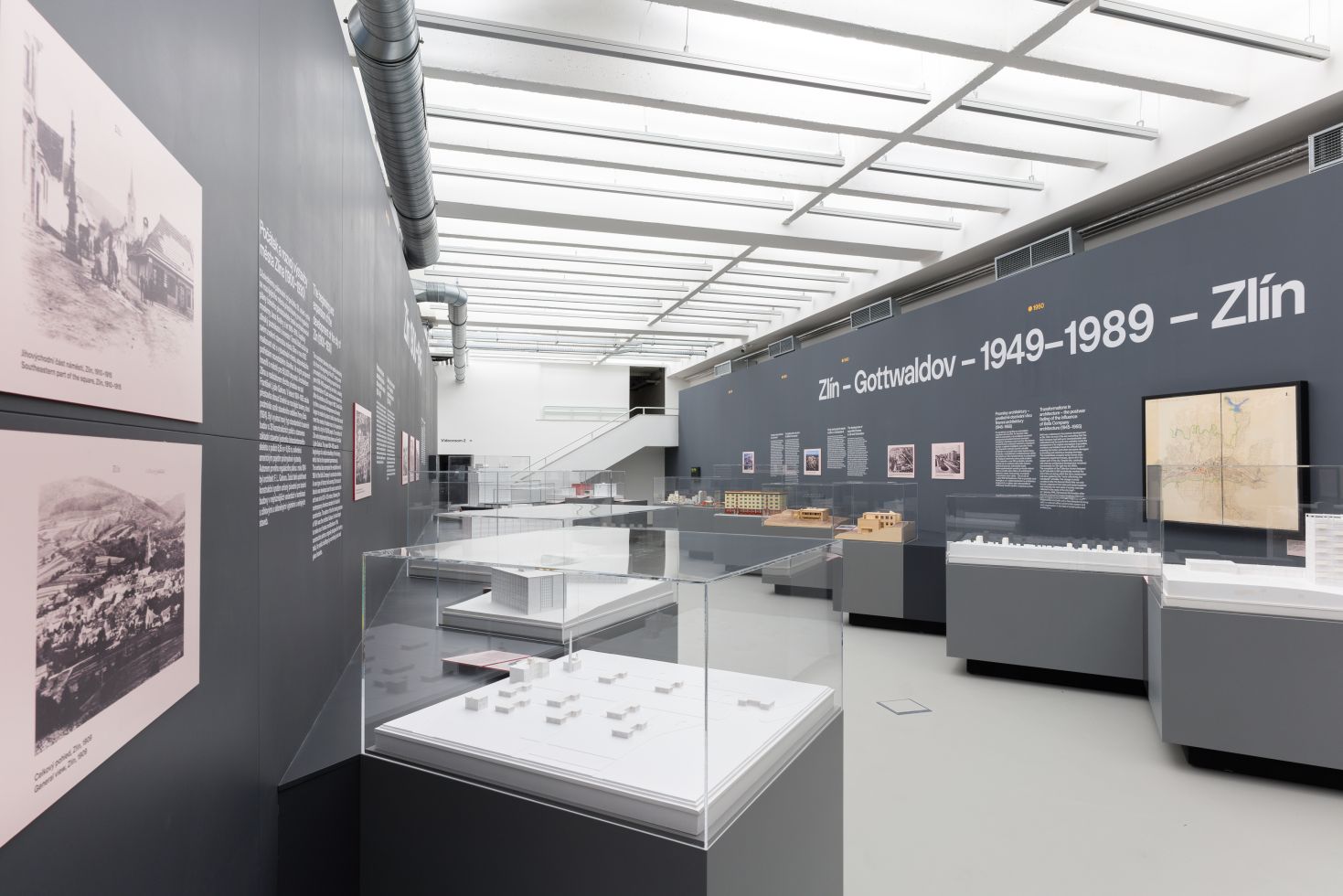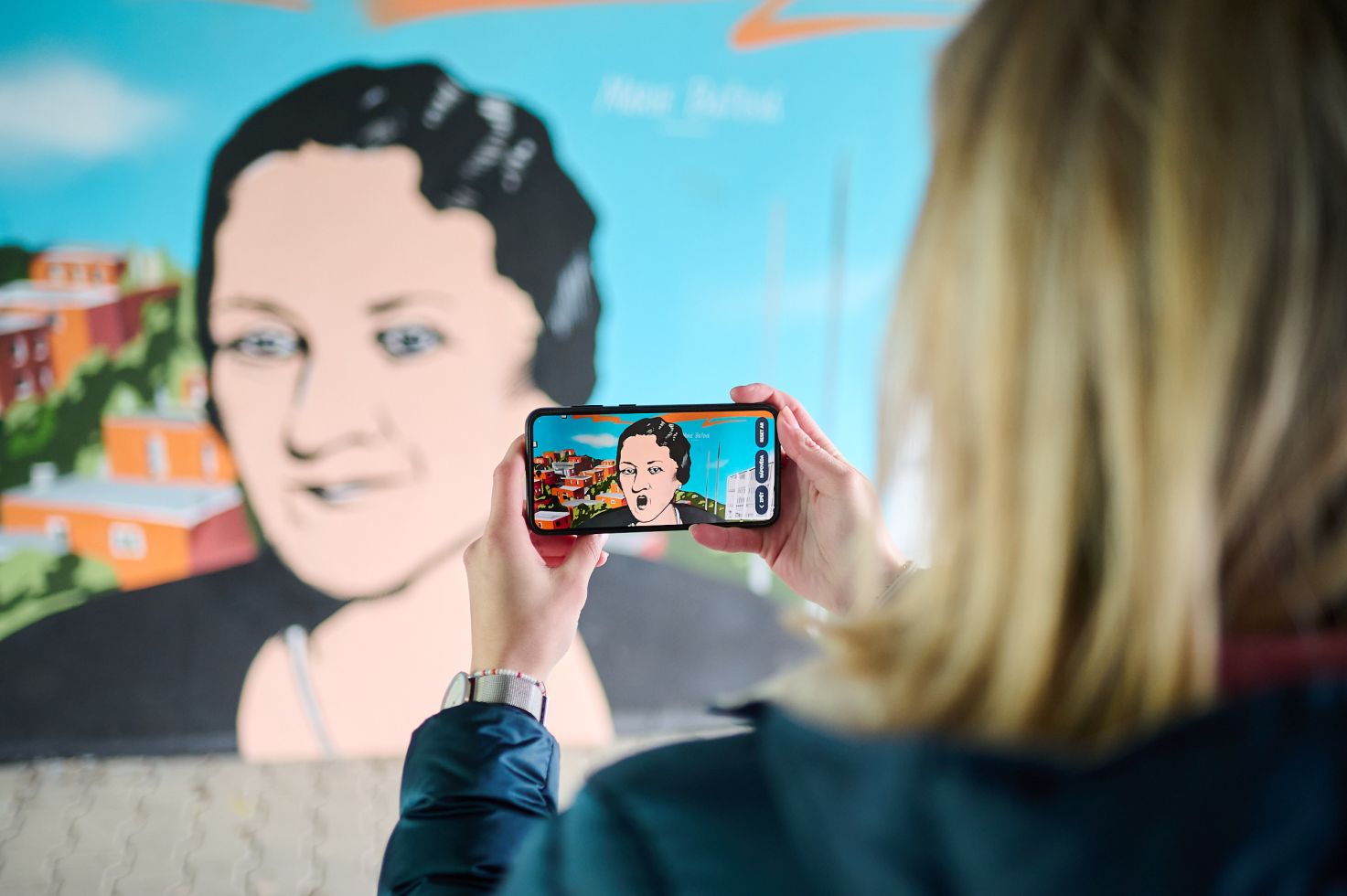Tomas Bata and His Most Ambitious Business Journey Across Three Continents
Colonial India, which Tomas Bata had already visited in 1925, presented a vast and untapped market for the Bata company. In July 1931, he sent the first group of ten young men from the Bata School of Work to India to build a sales network and boost shoe sales. However, growing competition from Japan and the devaluation of the Indian currency — pegged to the British pound — made exports from Czechoslovakia nearly unprofitable. Bata therefore decided to visit British and Dutch India personally, assess the local conditions, and reorganize the company’s operations. For the journey, he chose his own ten-seat Fokker aircraft (registration OK-ATC), entrusted to the experienced British pilot Thomas Nevill Stack and co-pilot Jindřich Brouček.

Planning the flight path was not easy — it required permissions to fly over foreign territories, which the Ministry of Foreign Affairs helped secure. The original route through Belgrade, Istanbul, and Baghdad was changed just days before departure, rerouting the journey through Italy, North Africa, the Middle East, and eventually to India. Before takeoff, Tomas Bata stated: “The purpose of my journey to India is to provide cheap shoes to its people. India has 350 million inhabitants, but only about 10 million can afford shoes. The remaining 340 million go barefoot. Although there is no frost like in our country, an even worse enemy of human feet is the scorching sun, which in summer heats the stones so much that you could bake bread on them. Walking barefoot on such hot stones is more painful than walking barefoot on ice.”

On the morning of December 10, 1931, the expedition led by Tomas Bata took off from the Otrokovice airfield. Within days, they flew through Italy, across the Mediterranean, and into North Africa. On December 18, due to an engine failure, they had to make an emergency landing at an Italian military airport in Sirte. After several days of repairs, the journey continued through Cairo, Jerusalem, Damascus, Baghdad, Persia, and present-day Pakistan to Kolkata (then Calcutta), where the plane landed on January 6, 1932. There, Tomas Bata spent ten days conducting business meetings, completing the registration of the subsidiary Bata Shoe Limited, Calcutta, and purchasing a factory in Konnagar (north of Kolkata). He then flew on a commercial airline to Batavia in the Dutch East Indies (now Jakarta, Indonesia) to explore the local market and source raw rubber.
On January 30, after returning from Batavia, the expedition began the return trip. They traveled through Persia to Aleppo in Syria, where Tomas Bata decided to change the route and return via Turkey. Near Istanbul, their aircraft became stuck in mud during landing and remained grounded for several days. Not wanting to waste time, Tomas Bata left the team and traveled by train through Bulgaria and Yugoslavia to Bratislava, where a Bata aircraft picked him up and flew him back to Otrokovice on February 14.
In just two months, the team covered an incredible 30,500 kilometers, landed on three continents, and despite some difficult moments, fulfilled their business mission. Tomas Bata regularly sent detailed reports back to Zlín, describing obstacles hindering the company’s progress, proposing changes, giving instructions for deploying Bata employees abroad, and outlining a complete reorganization of sales operations. According to his plans, British India was to be divided into ten regions with 580 stores, another 100 outlets in Indonesia, 175 in the Middle East, and 175 across Africa. Only a small portion of these ambitious goals were realized, due to the global economic crisis and Tomas Bata’s tragic death in July 1932.
The journey drew attention not only in Czechoslovakia but internationally. Newspapers in Europe and the USA reported on the expedition. The New York Times called it “the longest and most ambitious business journey ever made by air.” Elsewhere, it was described as “the greatest solo business flight in the history of world trade,” and even President Masaryk expressed personal interest in its outcome. To this day, the journey stands as a testament to Tomas Bata’s courage, vision, and tireless entrepreneurial spirit.
About the Author
Jan Herman is a historian specializing in the interwar history of the Baťa company, its leading figures, transportation development, and export strategies. He works at the Bata Information Centre at Tomas Bata University in Zlín. He is the author and co-author of publications such as Bata across continents. His scholarly articles are published in both Czech and international journals. In addition to research, he actively promotes history through lectures focused on the Baťa company.



